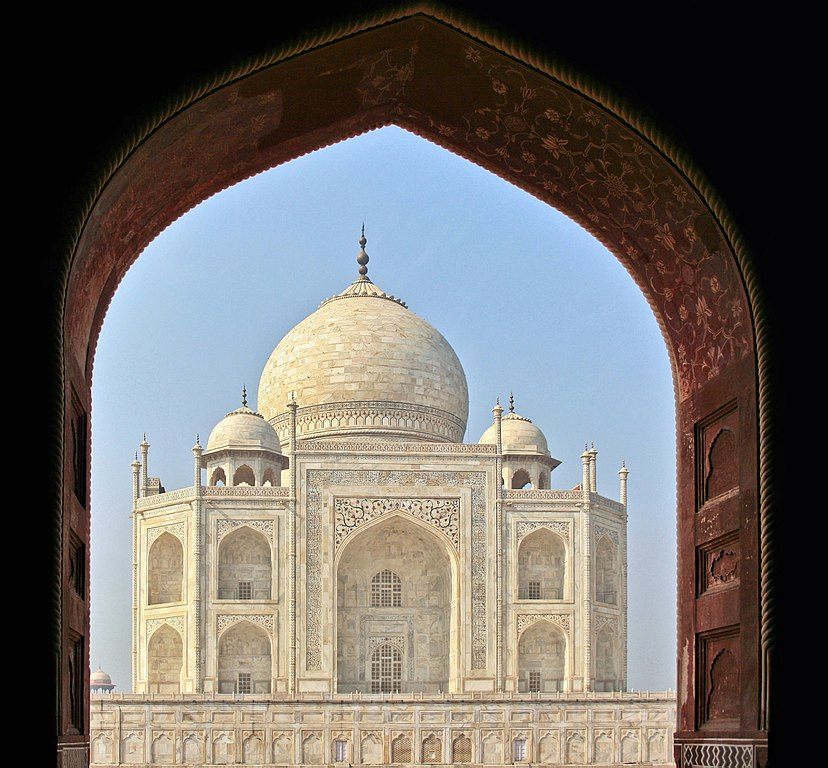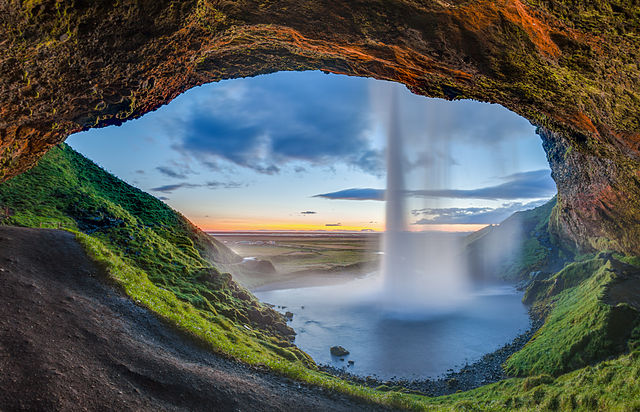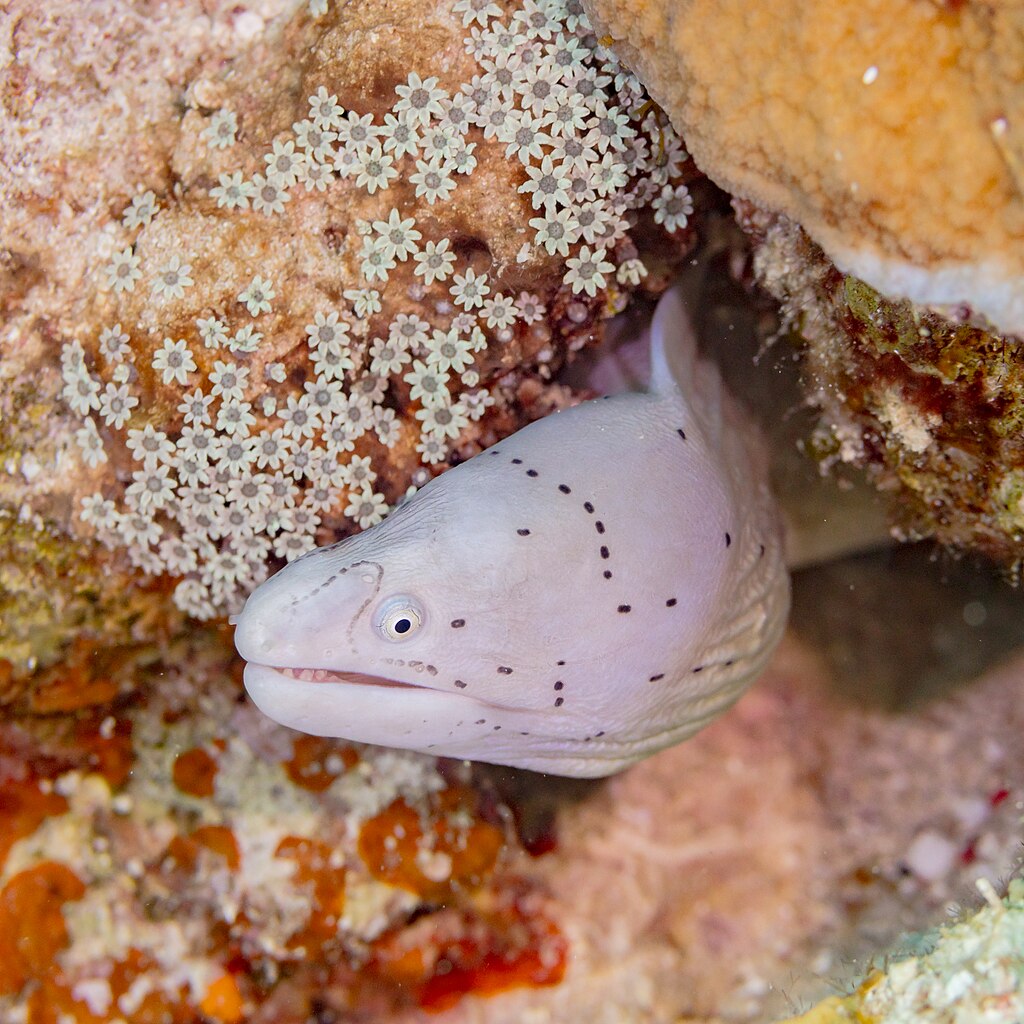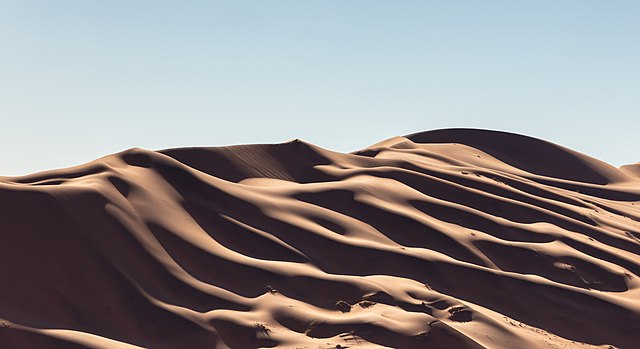
Temple of Athena, Paestum, Italy (March 2023). © Diego Delso, CC BY-SA 4.0
Wikipedia’s photographers are enthusiastic volunteers, who spend endless hours of their free time taking pictures. While these photo enthusiasts reach a massive audience with their images, many people outside of the online encyclopedia’s community don’t even know that “taking photos for Wikipedia” is a thing.
A subset of Wikipedia’s photographers is dedicated to attaining the utmost quality in capturing images for the encyclopedia. Those volunteers gather in places like “Featured Picture Candidates” on a daily basis and critique each other’s work. In an open and collaborative process they determine whether or not an image will be highlighted as one of the finest.
Diego Delso, known as User:Poco a poco, has achieved a significant milestone, with the community recognizing 1,000 of his photographs as “Featured Pictures”. Knowing how difficult it is to achieve Featured Picture status, I am awestruck by Diego’s achievement. That’s why I invited him to do an interview with me and talk about his motivation and also about his learnings during his years-long journey.
Frank Schulenburg
Diego, you just reached an incredible achievement: 1,000 Featured Pictures. Can you share what this milestone means to you?
Diego Delso
Yes, crazy, isn’t it? I had my first Featured Picture in January 2012. When I reached 100 Featured Pictures in 2014, I believed that reaching 1,000 would be a kind of challenging lifetime target for my engagement in the project. Back then I didn’t know whether I would ever manage it and in that case whether it would take 10 or 30 years. Being the first one to achieve this milestone and realizing that nobody else so far has managed to even get 500 Featured Pictures makes me more proud. It was not easy to make it, there were phases where I got demotivated and was about to give up but here I’m. Happy to have managed it. I will continue to contribute, also with Featured Pictures, hopefully, but without any target anymore in front of my eyes. Btw, I am also about to reach 20,000 Quality Images (QI), too. Quality Images is the place where I’ve spent most time, so it’s also an important milestone to me.

Iberian Lynx (Lynx pardinus), an endangered species, Almuradiel, Ciudad Real, Spain (December 2021). © Diego Delso, CC BY-SA 4.0
FS
When did your personal photography journey start? Do you remember your first camera?
DD
My first cameras back in 1990 were analog and inexpensive. I used such cameras until 2002 including my first trips abroad beginning in 1998 (when I was 24). In 2002 I bought my first digital camera in Japan, a Casio Exilim EX-S1 (1 Mpx). It was slim enough to have it always with me and enjoy photography anytime (think of smartphones today). I didn’t buy my first DSLR camera until 2008, a Canon EOS 450D (a so-called “entry level camera”). Since then I’ve been loyal to Canon. It was followed by a 5D Mark II, a 5DS and as soon as it will be out (somewhen this year), the mirrorless R5 Mark II.
FS
In June 2009 you uploaded your first photograph to Commons, Wikipedia’s media repository. The image shows the mountain group Cordillera Paine in Chile and it is still in use on some Wikipedia language versions today. What motivated you back then to start uploading your work under a free license?
DD
Well, I enjoy traveling a lot and had a decent camera with me, so I felt that I could really make a difference to Commons with my contributions. In fact, I consider myself a bit adventurous and also enjoy visiting places which are not mainstream, images from those places are not frequent and valuable to the project.
I started scuba diving five years ago not because I wanted to try it out but rather because I realized that we have important gaps in high quality images of marine life. During my certificate dives I already took the camera with me and I cannot imagine diving without it. In the meanwhile about 13% of my Featured Pictures and Quality Images were taken underwater.

The Taj Mahal in Agra (India), one of Diego’s first Featured Pictures (December 2009). © Diego Delso, CC BY-SA 4.0
FS
What were the most significant challenges you faced on your journey to this milestone?
DD
My Featured Pictures are diverse: underwater, architecture, wildlife, plants, macro, objects, studio,… I spent a lot of time and money on traveling and on professional equipment, while living in a small rented apartment. Still, sometimes the results were not the expected and that could become frustrating. A big blow was also the loss of my whole camera equipment (along with the pictures) in 2014 after a long trip in South America. The crowdfunding campaign started by fellow Wikimedians and backed by 70 people was a great morale boost that made me forget that loss very quickly. I bought a better camera and repeated the trip to Chile and Bolivia to document everything again.
Still I guess that these kinds of things happen to many photographers, what makes things different on Commons is the community and the interaction with so many people. That’s not always easy and when you feel being treated unfairly or even targeted by some people you can get very frustrated. Many people have left the project because of this and I’ve to say that I had periods of time where I didn’t upload material and/or was about to give up for good.

Sunset view from the back of the Seljalandsfoss waterfall, Suðurland, Iceland. (August 2014). © Diego Delso, CC BY-SA 4.0
FS
Some people say “Don’t buy new camera gear if you’d like to improve your photography. Rather spend the money on traveling and on shooting more interesting subjects.” – Would you agree?
DD
Surely, both things are major ingredients to get a nice portfolio of images, that’s why I try to do both. Apart from traveling I don’t know of any other activity where you get richer spending money. As a proof of that, at least one of my pictures has been selected among the last 10 in Wiki Loves Monuments in 22 different countries. I love detail in images and good equipment makes a big difference here. At the same time I get more focused and motivated if I travel to unknown areas with the purpose to get nice captures of the spots there that I find more interesting. It’s funny, but even if I know that there are nice motifs around the place where I live, I never make a priority to photograph those.

A geometric moray (Gymnothorax griseus) in the Red Sea (April 2023). © Diego Delso, CC BY-SA 4.0
FS
Over the years, you’ve done landscape, architecture, wildlife, people, and underwater photography. What’s your favorite genre of photography and why?
DD
That’s easy! For 45 years I’ve seen – and later photographed – what I encounter above earth’s surface, and surely I’ve enjoyed great landscapes and wildlife. I had seen documentaries and had been to some aquariums before but experiencing marine life at zero gravity is a different animal. I’ve also seen underwater creatures that I didn’t even know would exist. Every dive is to me an adventure and having the opportunity to document it a privilege. When you go down there you never know what you will find and it makes it exciting. Furthermore it is really challenging to get quality material under water. I use the same camera under water and above it, but lighting, loss of colors, shy animals, water currents, visibility,… make it hard to get similar quality to the one you can get above the surface.
FS
How have your style and approach to photography evolved during your journey to this achievement?
DD
Well, first of all Wikimedia Commons has been an inspiration to try out different things, like studio or macro photography. Not only seeing examples of these kinds of photography but also reading feedback about what could be improved encouraged me to try it out. I’ve surely learned lots of things about how to improve the composition, how to find a better light, the POV, the moment, … I’d say the first Featured Pictures were lucky punches and also the rate of successful nominations was pretty low, I tried many approaches of what could become a Featured Picture. After 1,000 I still get surprised from time to time but I can usually recognize a strong candidate to become Featured Picture. So, before I take the shot I know whether it has potential to wow people or not. In fact, when I feel it (the wow?) myself when I take the shoot that’s when I get best results.

A 5 millimeters (0,20 in) long leaf sheep nudibranch (Costasiella kuroshimae) taken with a macro lens underwater, Anilao, Philippines (August 2023). © Diego Delso, CC BY-SA 4.0
FS
Were there any unexpected lessons you learned along the way?
DD
There have been many lessons, but I wouldn’t say they were unexpected, since I didn’t have any concrete expectation of what I could learn. What I can say is that we have very experienced users from whom you can learn a lot and the spectrum is huge, from camera settings, to processing, software tools, editing, composition, sharpness, lighting, …everything. I learned “step by step” (that’s my username “Poco a poco”, by the way) almost without realizing it. Now I’m very happy about my portfolio of images, something I couldn’t have managed without Commons. This is something I realized a long time ago and on Wikimania in London back in 2012 I held a talk about Commons as a learning platform with the title: How Wikimedia Commons made a quality photographer out of me.

Dunes and shadows in Sossusvlei, Namibia (August 2018). © Diego Delso, CC BY-SA 4.0
FS
Can you share a piece of advice with aspiring Commons photographers who look up to you and your achievements?
DD
If you nominate images to Featured Pictures or Quality Images what you are doing, in other words, is asking for feedback about your work, so you have to be ready to get and accept this feedback, especially if it isn’t the one you expect. People don’t usually decline or oppose images for fun, there is a good reason for it, so you have to take note of that feedback and don’t just get angry at the result. That path wouldn’t help you to get better and improve your skills and photographer eye. So, be patient and understand feedback as a treasure, and use it as a stimulus to get better. I know this from experience. If you participate with this mindset it’s a matter of time that you get better and better. It’s like many other things in life. You may not realize that you are progressing, but when you look back at the pictures you took years ago and compare them with the pictures you take today, you will have the evidence. Everything else will come step by step.
FS
Thanks so much for the interview, Diego! And for the amazing photos you’re sharing with millions of people through Wikipedia!
Frank Schulenburg is a California-based Wikipedia photographer and the founder of the Commons Photographers User Group. In 2023, the Museum of Northern California Art displayed a selection of his works in the first ever solo museum exhibition of a Wikipedia photographer.

Can you help us translate this article?
In order for this article to reach as many people as possible we would like your help. Can you translate this article to get the message out?
Start translation